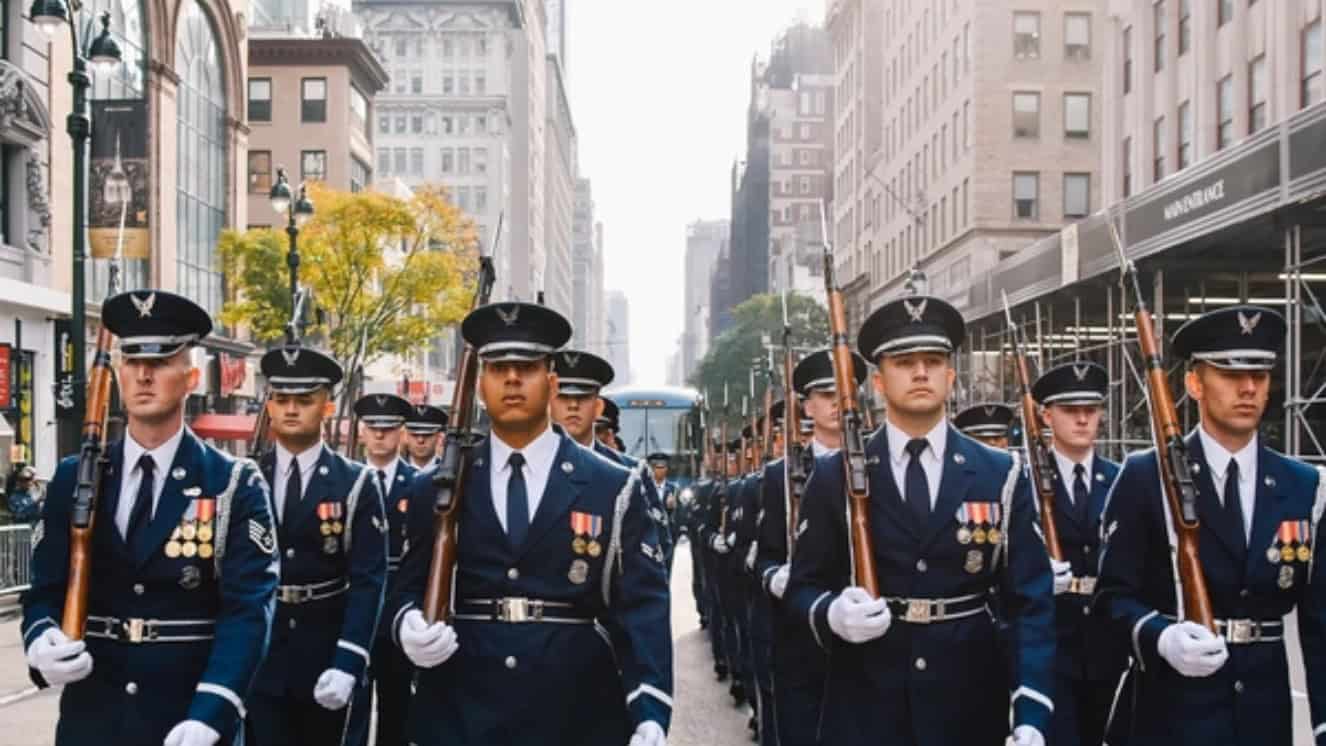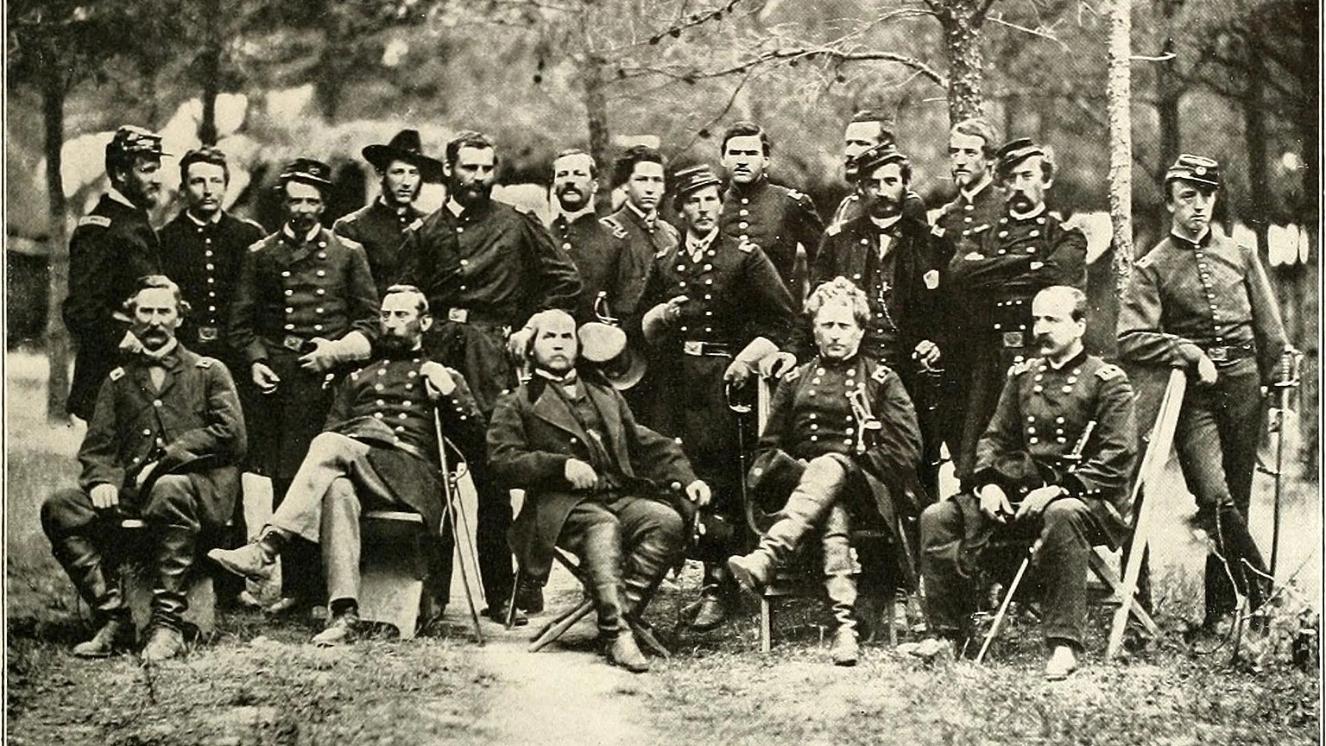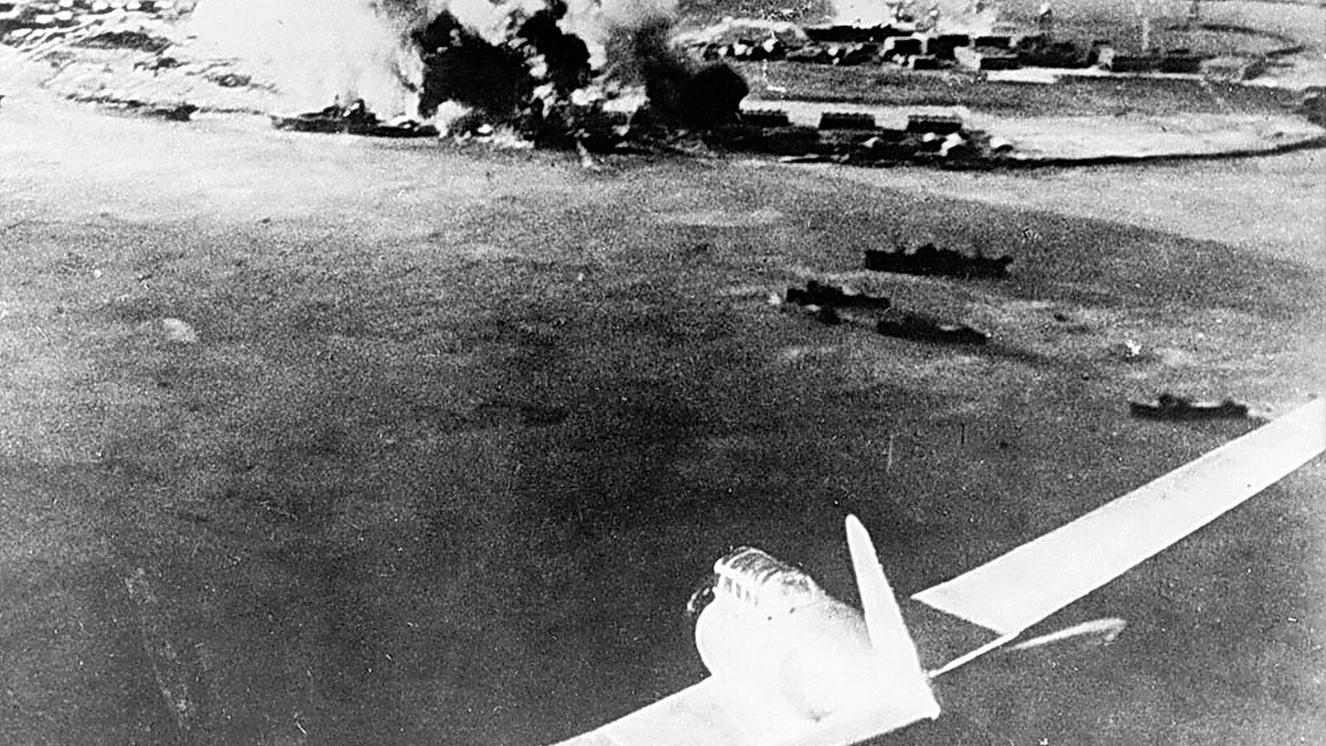ROSIE THE RIVETER: STORIES OF STRENGTH, INSPIRATION, & HISTORICAL SIGNIFICANCE

During World War II, Rosie the Riveter became a female icon, depicting strong, courageous, and tenacious women workers. Since her introduction in the 1940s, Rosie the Riveter has become an inspirational symbol of female equality and independence, not only in the workplace but also across all aspects of life. Rosie the Riveter originated as a media icon who recruited female workers to assist with war production, but she soon became a symbol representing the grit, determination, and strength of female workers entering the workforce. Rosie the Riveter is remembered as a female icon of World War II and has inspired generations of women to break down barriers and continue challenging the status quo. Related read:Untold Stories: The Female Heroes of Pearl Harbor
A Brief History of Rosie the Riveter

Saturday Evening Post on May 29, 1943. This image of the original Rosie the Riveter depicts a muscular woman with rolled-up sleeves wearing overalls, goggles, a leather wristband, and pins of honor. Depicting women as strong and a force to be reckoned with, she can be seen stepping on a copy of Adolf Hitler’s book Mein Kampf, all while eating a sandwich with riveting tools in her lap. During World War II, Rosie the Riveter came to symbolize the can-do American spirit and illustrated the growing number of women who took over male-dominated manufacturing jobs to help the U.S. fight during the war. Taking inspiration from her strength and determination, real-life Rosies began to emerge across the country.
Rosie the Riveter Outfit
We've talked about how this strong, female historical figure came to be, so now let’s look closer at her classic outfit. In the campaigns, Rosie the Riveter can be seen wearing blue cotton coveralls, a red polka dot bandana, safety boots, and a lapel pin. In propaganda posters and advertisements, Rosie the Riveter always had perfect makeup. The iconic Rosie the Riveter makeup (red lip and rosy cheeks) was intended to promote an American atmosphere of vitality and counteract Axis powers. The makeup also served to lift morale amongst servicemen and excite them about the prospect of returning home. Mae Krier, who worked in a Boeing factory making B-17 and B-29 warplanes as a teenager during WWII, now pays tribute to her fellow Rosies by making Rosie the Riveter bandanas as gifts for others and as a way to keep the legacy of the Rosies alive. The real Rosies didn’t have a specific outfit or look like Rosy the Riveter. Instead, they wore whatever clothing they had on hand that would get the job done. During WWII, clothing and shoes were hard to come by. Many women ended up wearing leather over their own pants or clothes. Other women wore men’s pants because women’s pants had yet to be created. Richmond, Virginia, holds an annual Rosie the Riveter rally near the Rosie the Riveter memorial. Here, thousands of women can be found in their Rosie the Riveter costumes, honoring the women who worked on the Home Front during WWII.
National Rosie the Riveter Day

Rosie the Riveter Museum
The Rosie the Riveter/World War II Home Front National Historical Park is located in Richmond, California, and was established in 2000. This museum honors the role that women and African Americans played in war industries and honors their contributions. The park has a visitor center that includes exhibits that detail the history of Richmond’s workers and wartime industries. Here, you will find an exhibit dedicated to the campaigns that popularized Rosie the Riveter. Images of campaign posters, postal stamps, lunch pails, and images of real Rosies can be found in exhibits across the museum. On most Fridays, the museum holds “Rosie Fridays,” where visitors can meet the actual Home Front workers from World War II. This event takes place from 10:30 a.m. to 11:30 a.m. and is open to members of the public. The Rosie the Riveter Memorial can be found in Marina Bay Park and is open year-round. The memorial honors the “Rosies” and women who worked at the shipyards in Richmond.
Meet the Real-Life Rosies

1. Caroline Kilgore
Caroline was a 16-year-old high school student when she started riveting and bucking. She worked at an airplane wing manufacturing plant, where she helped build airplanes during World War II. Small in stature, she was able to fit inside an airplane wing to hold the “bucker” and flatten the rivet. Diligent and hoping that her work was sufficient, Caroline recounted that “I did the best I could at 16.” Proud to be a Rosie, Caroline has spoken at several elementary and high schools where she told the students, “... for me, I am just a representative of the women of America way, way back in 1943, ‘44. We all worked for the same thing: for freedom and to bring our boys back, and that was such a wonderful thing.” Now 95, Kilgore resides in Sun City, Arizona, and enjoys sharing her story with others.
2. Wilma Rees
Wilma and her twin sister both served as Rosies during WWII after they started working at Boeing in Seattle as rivet buckers. Wilma was a mechanic and worked on the radio rooms of B-17s. Wilma told the Veterans Heritage Project that she spent two years building B-17s, “I was a rivet bucker, which means I was in the tip of the wing putting the skin on.” While Wilma was never injured, she recalled how the noisy levels damaged her hearing. Wilma loved the sound of a B-17 starting up, and on her 89th birthday, she was finally able to ride in one (fulfilling a lifelong dream). Wilma passed away on September 8, 2019, in Peoria, Arizona.
3. Mary Jo McCully
Meet another real Rosie the Riveter — Mary Jo McCully. Jo went to nursing school in Plainview after graduating from high school. She then worked for Corsair Aircraft Company in Fort Worth for two years before she taught riveting in New Orleans. Here, she riveted and bucked. Mary Jo worked at a Goodyear plant in Arizona until the war was over. Then, she was sent to the Japanese Relocation Center in Poston, Arizona. Here, this Rosie the Riveter rose to the occasion, helping close the offices as the internees left and told the Veterans Heritage Project that she did “anything else they wanted me to do.” While in Poston, she met her husband, Max, and was married to him for over 49 years. Mary Jo passed away on February 19, 2020, at the age of 98.
4. Susan King
The iconic “Rosie” image depicts the millions of females who kept factories and offices of U.S. defense operating during WWII. However, the iconic image fails to depict the diversity of the workforce and the half a million “Black Rosies” who joined the war effort. For African American women, becoming a Rosie opened the opportunity for economic empowerment and the preliminary platform to fight back against gender discrimination and racism. African American women were afforded the opportunity to make money in ways they never thought possible. Meet Black Rosie the Riveter — Susan King, whose contributions were invaluable. After attending a class at a Baltimore plant that was training women to become riveters, she found a job putting together small parts for planes. Susan made $58 a week putting together parts for planes. Susan explains in a Washington Post interview the importance of honoring the legacy of her fellow Black Rosies, stating, “Oftentime, people don’t consider Black women as part of World War II. The focus is always on the men of the war. We get lost in the shuffle.” After the war, Susan went on to college, got her master’s degree, and became a teacher in Baltimore. Now, at 97 years old, she is dedicated to uncovering the stories of other Black servicemen and women and uncovering the stories of other Black women who served as Rosies. Suggested read:All-Black Female 6888th Central Postal Battalion To Be Recognized
The Impact of Rosie the Riveter
During World War II, posters of Rosie the Riveter became a symbol of patriotism and courage. Soon, she symbolized newfound opportunities of advancement for women, encouraging them to dream big and assume their place in the workforce. Her motto, “We can do it!” called countless women to action and continues to serve as an inspiring message. The Rosie the Riveters of World War II continue to be an inspiration to all generations. Their message that you can accomplish anything with courage and determination is inspiring and sets an example of independence that was once unimaginable. Rosie the Riveter and the real-life Rosies leave us with a legacy of remembering to be true to ourselves. They’ve shown us the importance of living a life with purpose and facing hardships head-on. May their legacy long be remembered and carried on by future generations of women. More like this:Veronica Lake Changed Her Hairstyle To Protect Workers During WWII
Hero Image: AZCentral Black Rosie image: Art by Mawhyah Milton. Source photo of Rosie the Riveter: Library of Congress



